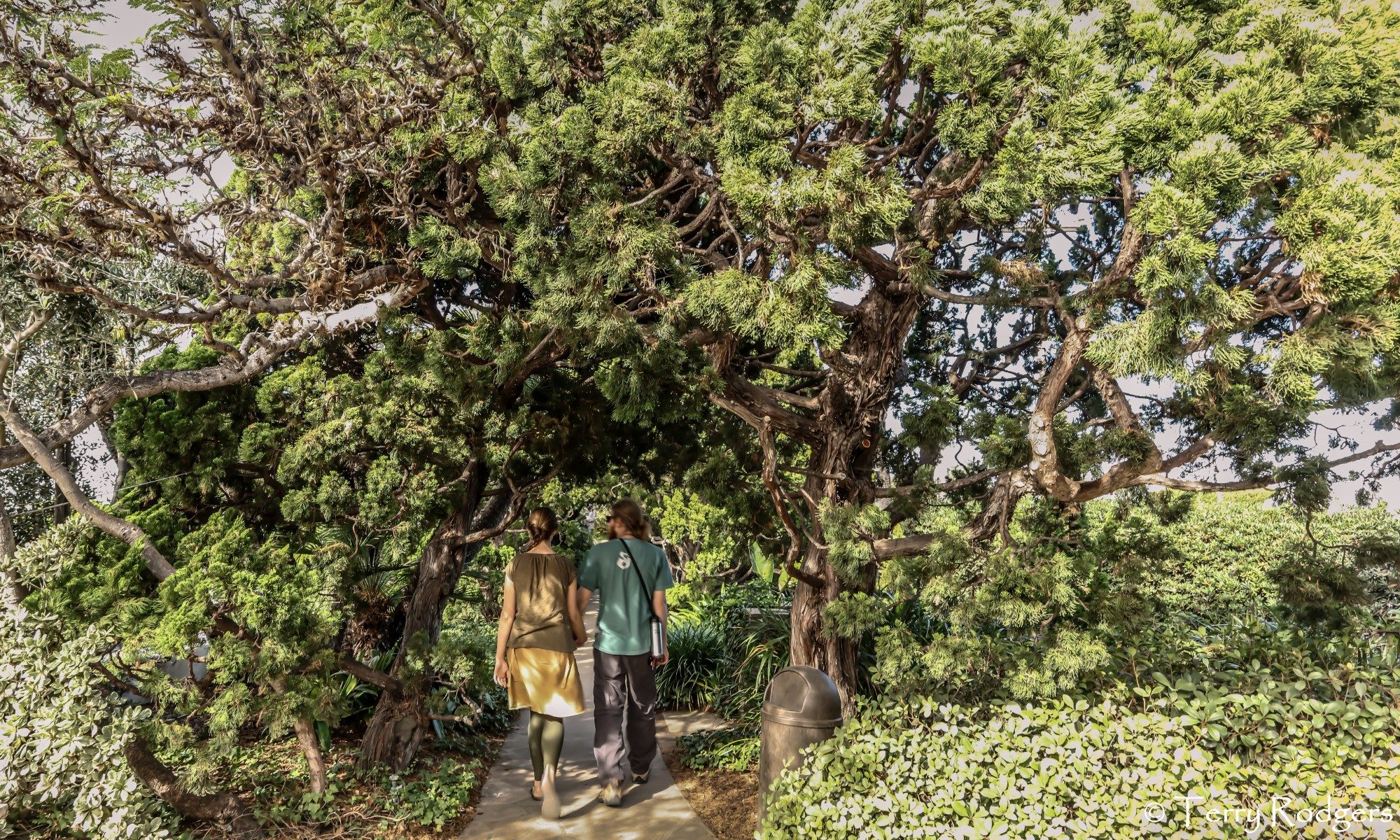 The City released its 2018 Climate Action Plan report, and some of the details may interest you!
The City released its 2018 Climate Action Plan report, and some of the details may interest you!
Climate Action Plan reports are available at https://www.sandiego.gov/sustainability , and include the CAP annual report, appendix, and table with FY2019 additional funds that are partly attributed to CAP investments (includes park rangers and other positions, click on “budget data” tab).
NEWS ARTICLE
San Diego Union-Tribune article last week mentioned trees. “San Diego’s Climate Action Plan is years ahead of schedule despite few efforts to cut emissions,” http://www.sandiegouniontribune.com/news/environment/sd-me-faulconer-climate-plan-progress-20181026-story.html , Joshua Smith. EXCERPT about trees: The tree canopy program has also yet to bloom, although efforts to catalog the city’s inventory of trees have started. The climate plan calls for 15 percent of the city to be covered in trees, up from 13 percent today. However, to meet that target the city would need to plant roughly 150,000 new trees. Last year, it planted 307, according to the progress report.
“Nothing’s changed really,” said Anne Fege, chair of the Community Forest Advisory Board. “They have a small staff, and I’m working to try to make sure we have some funding. It continues, but it’s awfully slow. Really slow.”
(Budget reduction impacts were covered in the May 2, 2018 article by same reporter, “Faulconer to trim forestry budget as climate-plan pledge to plant more trees fails to bloom,” http://www.sandiegouniontribune.com/news/environment/sd-me-forestry-plan-20180501-story.html .)
EXCERPTS FROM REPORT
In the 2018 CAP Annual Report, https://www.sandiego.gov/sites/default/files/city_of_san_diego_2018_cap_annual_report.pdf , there is a list of awards, page 1, “2017 Tree City USA Designation The Arbor Day Foundation named San Diego a 2017 “Tree City USA” recognizing excellent citywide urban forest management. This designation acknowledged San Diego’s dedication to the planting and care of trees based on the city’s urban forestry program, tree care ordinance, community forestry budget and Arbor Day observance.”
- On page 4, the Sustainability Dashboard, notes that “307 trees planted and 17,212 trees maintained/trimmed.” Both seem low, except that the report covers January-December 2017, when City Forester position was only filled from mid-September.
- On page 5, the report shows tree cover increase, which is attributable only to changes in assessment methods. Goals: “2010 baseline, “7% tree canopy cover citywide,” 2017, “13% tree canopy cover citywide.”
EXCERPTS FROM APPENDIX
The CAP report appendix, https://www.sandiego.gov/sites/default/files/city_of_san_diego_appendix_for_2018_cap_annual_report_0.pdf , covers the urban forestry program on page 19:
STRATEGY 5: CLIMATE RESILIENCE. Increasing urban tree canopy coverage in the city contributes to the capture and storage of carbon, as well as other benefits including storm water management, improved air quality, increased property values, etc.
Action & Progress: Increase Urban Tree Canopy Coverage. The updated urban tree canopy coverage in 2015 was 13% in the City of San Diego, based on the Urban Tree Canopy Assessment preliminary results developed by the University of Vermont and the USDA Forest Service, funded by California Department of Forestry and the FITURE Protection (CalFire) for the City of San Diego. The City is tracking the number of new trees planted and tree maintenance (trimmed, pruned and or removed) by City departments (Table 23).
TABLE 23 TREE PLANTING AND MAINTENANCE, CALENDAR YEAR 2017
- Trees planted: 307
- Trees trimmed: 17,212
In addition, 500 trees were planted in Spring 2017 under the CalFire Grant awarded previously. The City has also started to inventory over 58,000 trees and potential tree planting locations starting in 2017.
Job impacts, page 25, “STRATEGY 5: CLIMATE RESILIENCY Climate Resiliency encompasses programs that prepare the region for success as threats from climate change become a reality. From protecting the coast from the detriments of erosion to setting up tree-planting programs, climate resiliency is a critical component to help governments and companies shift the energy landscape to make the city more resilient. Jobs in climate resiliency are expected to grow as landscaping, infrastructure and city planning align with CAP goals.
TABLE 25 INDUSTRIES WITHIN EACH CAP SECTOR, page 27, included Environment, Conservation and Wildlife Organizations, Forest Nurseries and Gathering of Forest Products, Landscape Architectural Services, and Landscaping Services.










 The City released its 2018 Climate Action Plan report, and some of the details may interest you!
The City released its 2018 Climate Action Plan report, and some of the details may interest you!